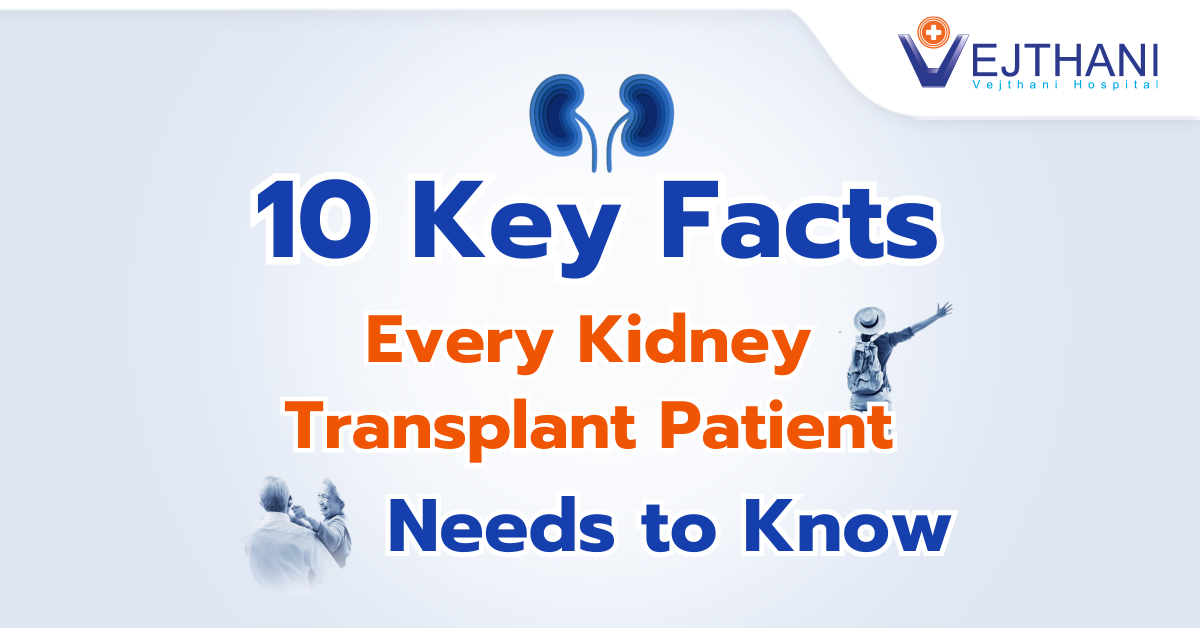
Male breast cancer
Overview
Male breast cancer is an uncommon type of cancer that develops in the breast tissue of men. Although breast cancer is typically associated with women, it can also affect men. The likelihood of developing male breast cancer increases with age, but it can occur at any stage of life.
If diagnosed with male breast cancer at an early stage, there is a good chance of a cure. However, if left untreated, cancer can spread throughout the body, leading to more severe complications. To treat male breast cancer, surgery is typically performed to remove the affected breast tissue. Depending on the individual case, other treatments like chemotherapy and radiation therapy may also be recommended.
Symptoms
Male breast cancer symptoms and signs can include:
- Abnormal nipple discharge
- A lump or thickening in your breast tissue that is not painful
- Inverted or retracted nipple
- Skin changes on the breast e.g. dimpled (orange peel) skin
- Changed breast size or shape.
If you are experiencing any persistent signs or symptoms that are causing concern, it is important to schedule an appointment with your doctor.
Causes
The exact cause of male breast cancer remains unknown to doctors. However, it is understood that the cancer develops when some breast cells divide more rapidly than healthy cells. As these cells accumulate, they form a tumor that can potentially spread (metastasis) to nearby tissue, lymph nodes, or other parts of the body.
Everybody has a modest amount of breast tissue at birth. The ducts that deliver milk to the nipples, fat, and milk-producing glands (lobules) make up breast tissue.
Women start growing more breast tissue during adolescence, but men do not. Yet, despite having little breast tissue at birth, men can nonetheless get breast cancer.
Men’s breast cancer can be of the following types:
- Invasive ductal carcinoma. The most prevalent type of breast cancer in men is invasive ductal carcinoma, which accounts for up to 90% of cases. This form of cancer originates in the breast ducts and can metastasize to other parts of the breast or spread to other parts of the body.
- Invasive lobular carcinoma. Lobular breast cancer originates in the lobules and, similar to invasive ductal carcinoma, has the potential to metastasize to other areas of the body.
- Ductal carcinoma in situ (DCIS): The growth of cancerous cells occurs within the ductal lining of the breast. The term “in situ” indicates that the cells have not extended to other parts of the breast or the body.
- Inflammatory breast cancer. This is a rapidly developing and uncommon cancer that necessitates urgent treatment. It manifests symptoms similar to those of a breast infection.
- Other cancer types. The skin of the nipple can be affected by Paget’s disease of the breast, which is an uncommon form of breast cancer. It may be misidentified as a skin condition like eczema.
Risk factors
Male breast cancer is more likely as a result of the following factors:
- Age. As you become older, your chance of breast cancer rises. Men in their 60s are most frequently diagnosed with male breast cancer.
- Inherited genes. Inheriting mutated genes, such as BRCA2, from parents increases the risk of breast and prostate cancer. Men with a family history of cancer should consult a doctor and consider genetic testing with a counselor to determine their cancer risk.
- History of breast cancer in the family. You have a higher risk of getting breast cancer if a member of your immediate family does.
- Obesity. Increased estrogen levels in the body are linked to obesity, which increase the risk of male breast cancer.
- Estrogen intake. Using estrogen-related medications, like those employed for prostate cancer hormone therapy, can elevate the probability of developing breast cancer.
- Liver disease. Having certain health conditions, such as liver cirrhosis, may decrease the levels of male hormones while increasing the levels of female hormones, thereby raising the risk of developing breast cancer.
- Problems of the testicles or surgery. Male breast cancer risk is increased by either having inflamed testicles (orchitis) or having a testicle surgically removed (orchiectomy).
- Pain. The breast tissue or underarm region may be painful, sensitive, or irritated. In its place, you can have a painless lump in your breast or armpit.
- Radiation Therapy. Breast cancer is more likely to affect men who have received radiation therapy in the chest or torso.
- Klinefelter’s syndrome. Is a genetic condition that occurs when boys are born with more than one copy of the X chromosome. This condition can lead to impaired testicular development. As a result, men with Klinefelter’s syndrome tend to produce more estrogen (feminine hormones) and less of certain androgens (masculine hormones).






















